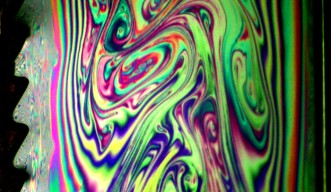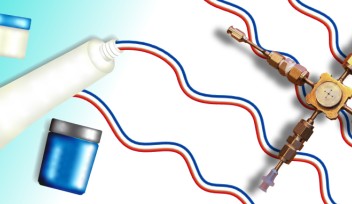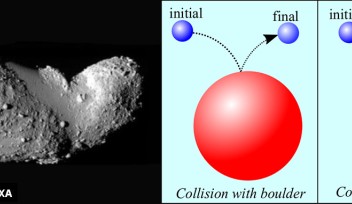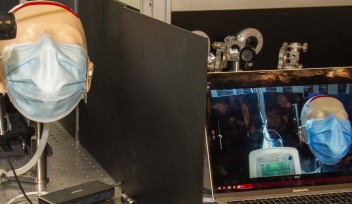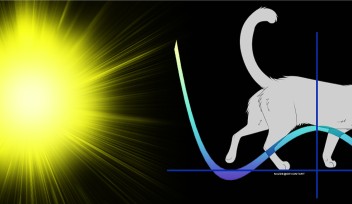Link Found Between Eddies and Drag

When a fluid flows through a pipe or down the bed of a river at high velocities, it forms whirlpools and becomes turbulent. These whirlpools, known as “eddies”, lead to a striking increase in frictional drag – the property of a flow that sets the cost of pumping oil through a pipeline or the draining capacity of a river. Because of its many applications in engineering, much research has been devoted to understanding frictional drag.
“In 18th century France the frictional drag in open channels was the subject of large-scale, government-supported experiments carried out in connection with the design of a waterworks system for the city of Paris,” said Professor Gustavo Gioia, head of the Continuum Physics Unit at OIST. “250 years and many experiments later, it is still impossible to predict, for example, how the frictional drag will change if the water of a river becomes muddy, as it often does during a flood.”
In a paper published in the December 21, 2012 issue of Physical Review Letters, Gioia, Professor Pinaki Chakraborty of the Fluid Mechanics Unit and colleagues in France and the United States relate the frictional drag to the eddies in the fluid. Surprisingly, though eddies make a flow turbulent and create much frictional drag, no research has previously attempted to find the "missing link" between eddies and the frictional drag.
By means of mathematical theory and novel experiments on thin films of soapy water, the researchers have found that frictional drag is linked to the spectral exponent of the eddies, a mathematical parameter that quantifies how energy is divided amongst eddies of different sizes in the turbulent fluid. Besides its scientific interest, this missing link is useful because in practice it is much easier to measure the spectral exponent than the frictional drag. Thus, for example, when a river becomes muddy during a flood, the spectral exponent changes value. Once the new value of the spectral exponent has been measured, the resultant change in the frictional drag can be readily estimated.
“We focused on understanding the physics behind frictional drag, but we trust that our results will prove useful to engineers,” said Chakraborty.
Specialties
Research Units
For press enquiries:
Press Inquiry Form











